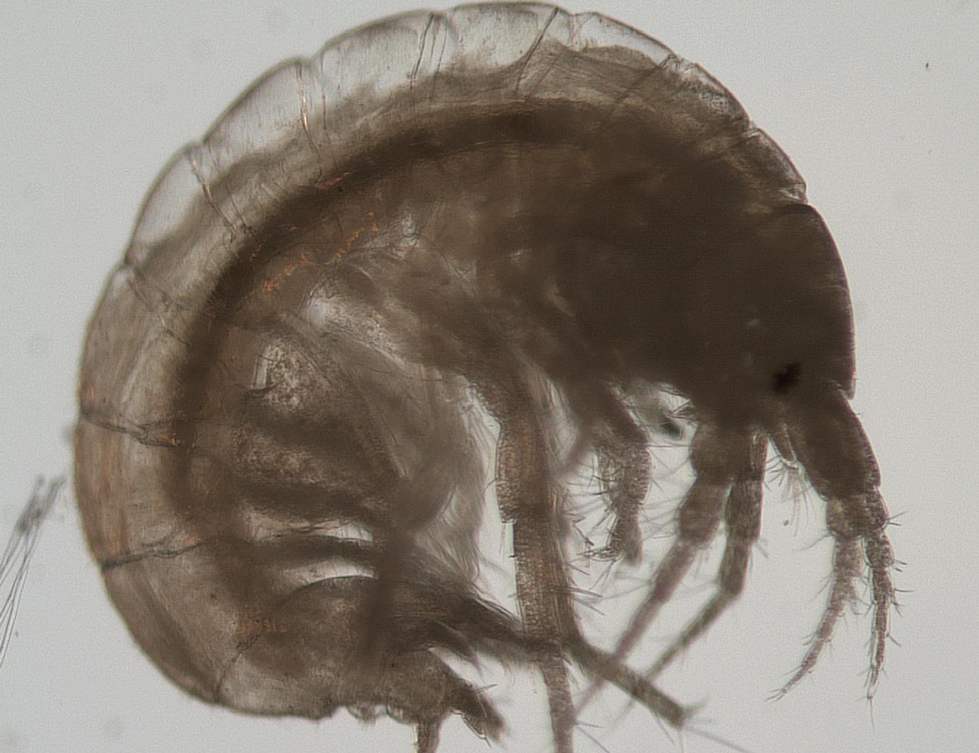Great Lakes

Climate change is probably one of the most highly debated controversies today. Yet worldwide, we are witness to adverse change climate and weather patterns. In the Great Lakes region, for instance, climate change is taking its toll by means of heat stress, flooding, late spring freezes, increased presence of invasive species, disease, and ecosystem disturbance but to name a few effects. The lakes themselves are experiencing increased summer surface temperatures (SSTs, e.g. Lake Huron increases by 5.2°F, Lake Superior increases by 4.5°F). Higher sustained temperatures of this nature will likely result in paradigm shifts favoring toxic bloom-forming algae, increased hypoxic zones (e.g. Lake Erie), and increased presence of more invasive species and associated pathogens pushing out endemic species.
In our lab, we are studying the effects of climate change on the Great Lakes, marshes and estuaries, and reclaimed water used for agricultural practices. Projects include (1) the demise of endemic species (e.g. Diporeia ), (2) increased presence of invasive species including their "hitch-hikers" (e.g. viruses), (3) harmful algal blooms, and (4) Escherichia coli (E. coli) associated with agricultural produce.
